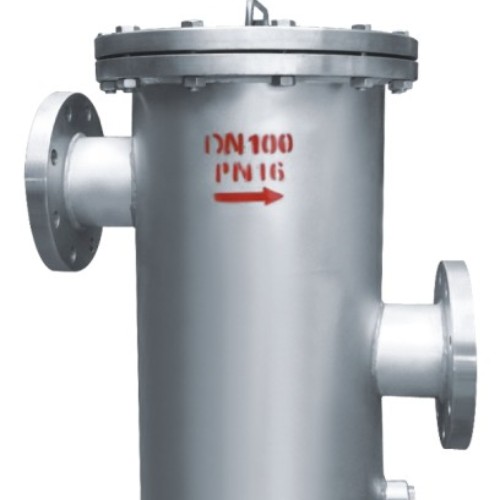Male and Female Needle Valve Options for Precision Flow Control
Understanding Needle Valves Male and Female Connections
Needle valves are specialized control devices used in various applications ranging from fluid management systems to industrial machinery. They play a critical role in regulating flow rates and managing pressure. Among the many components of these valves, the distinction between male and female connections is vital for ensuring compatibility and optimal performance. In this article, we will explore the functional aspects of needle valves, the differences between male and female connections, and the importance of selecting the right type for specific applications.
What is a Needle Valve?
A needle valve is a type of valve that allows for precise adjustments to the flow rate of liquids or gases. It features a slender, tapered stem (often referred to as a needle) that can be adjusted to control the opening size of the valve. This design makes needle valves particularly useful in applications requiring fine control, such as laboratory experiments, gas lines, and hydraulic systems.
The mechanism works by turning the valve handle, which moves the needle up or down within the valve seat. This movement alters the effective opening of the valve, allowing for minute adjustments to the flow rate. Needle valves are commonly made from various materials like stainless steel, brass, and plastic, depending on the requirements of the application.
Male and Female Connections
The terms male and female in valve connections refer to the configuration of the threads used to join pipes and other components. In general
- Male Connection A male connection has external threads that can be screwed into a corresponding female connection. This design typically protrudes from the valve body, allowing it to connect securely to other components or pipes.
- Female Connection Conversely, a female connection has internal threads. It is designed to receive a male connection, providing a secure fit to pipes or fittings that have external threads.
Choosing between male and female needle valves is crucial, as compatibility will depend on the existing piping setup in which the valve will be installed. A mismatch can lead to leaks, pressure loss, and potential system failure.
Applications of Needle Valves
Needle valves are highly versatile and can be found in numerous applications across different industries
. Here are a few common usesneedle valve male female

1. Hydraulic Systems In hydraulic applications, needle valves help regulate the flow of hydraulic fluids, ensuring that machinery operates smoothly and efficiently. 2. Gas Distribution In natural gas distribution systems, needle valves control the flow of gas to ensure safety and efficiency in delivery systems.
3. Chemical Processing Labs and chemical processing plants use needle valves for precise handling of corrosive substances and reactive compounds.
4. Aquariums and Hydroponics Hobbyists utilize needle valves for controlling gas and liquid flow in aquariums and hydroponic systems.
5. Manufacturing Plants They are often used in manufacturing processes to fine-tune the flow of liquid or gaseous materials.
Importance of Valve Selection
When selecting a needle valve, understanding the differences between male and female connections is just one factor to consider. Other important elements include
- Material Compatibility The valve material must withstand the conditions of the application, including pressure, temperature, and the chemical composition of the fluid being handled.
- Size and Flow Capacity Matching the size of the valve with the flow requirements is essential to maintain system efficacy.
- Pressure Ratings The valve must be rated to handle the maximum pressure encountered in the system to prevent failures.
- Operating Environment The environment in which the valve will be operating, such as exposure to harsh chemicals or extreme temperatures, can dictate the choice of both valve type and connection style.
Conclusion
In conclusion, needle valves, with their unique design and functionality, play an essential role in various industries by allowing for precise control of fluid and gas flow. Understanding the distinction between male and female connections is crucial for ensuring compatibility and optimal performance within existing systems. Careful consideration of material, size, pressure ratings, and the operating environment are equally important. By paying attention to these details, engineers and operators can select the right needle valve, ensuring reliability and efficiency in their applications.
-
3-types-of-check-valves-maintenance-tipsNewsAug.23,2025
-
ball-valves-types-with-trunnion-mounted-designNewsAug.23,2025
-
butterfly-valve-company-production-capabilitiesNewsAug.23,2025
-
fisher-globe-valve-technical-specificationsNewsAug.23,2025
-
types-of-gaskets-for-flanges-selection-guideNewsAug.23,2025
-
wedge-gate-valve-suppliers-quality-standardsNewsAug.23,2025
-
Breakthrough in Domestic Low Temperature Valve Technology in ChinaNewsAug.18,2025




